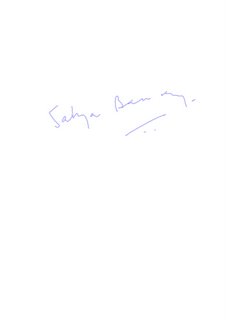Fasting Safely with Diabetes
Religion motivates most fasts, though it has also been used as a form of political action by Mahatma Gandhi, and is still used in this manner by followers of his ideology.
Fasting with fluids is also medically safer than one in which not even water is allowed. Such extreme fasts disturb vital fluid balances of the body, and can threaten life if persisted with for more than about 12 hours at a stretch. People on extended fasts over many days regular continuous medical monitoring, and may relapse in to a state of emergency at any time.
Diabetes complicates fasting, and needs special precautions. An obvious first step is to cut back on medication, and only a doctor can do this safely for a patient. You should tell your physician well in advance if you plan daily fasts as during Ramadan, so that he or she can adjust your prescription.
The natural tendency to over-eat on breaking a fast needs to be curbed if you have diabetes. Allowing blood glucose to rise rapidly after a fast is not healthy. A small meal, rich in fruits without high sugar content, vegetables, and whole grains, eaten slowly, is the best way for a person with diabetes to break a fast. Candies and red meats in rich gravies, in which many communities indulge after a fast, are not suitable for people with diabetes. A large meal before embarking on a fast is similarly unhealthy for people with diabetes.


0 Comments:
Post a Comment
Subscribe to Post Comments [Atom]
<< Home